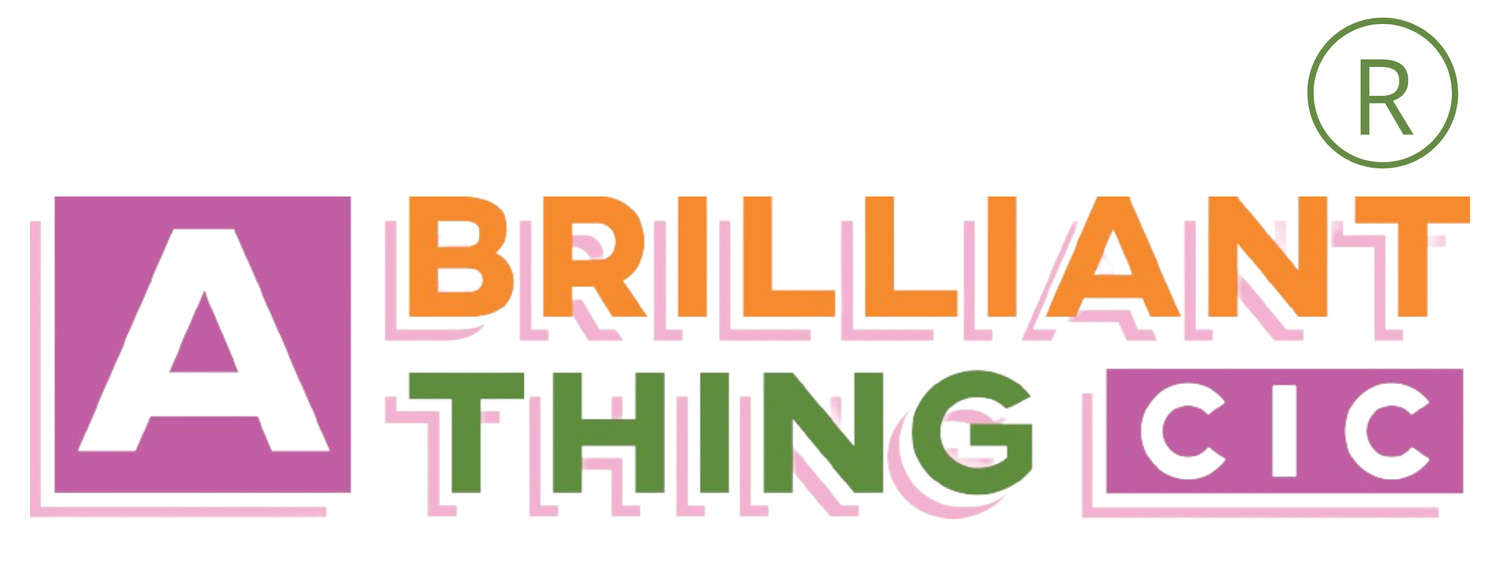A Blaze of Purpose-Makers
Language matters. We can share a whole world of ideas in few words. Imaginative and elegant communication can illustrate who you are and what you care about without the need to ‘prove’ yourself.
‘Large illuminations in small flashes’
This quote from An Exultation of Larks by James Lipton describes how collective nouns, like a pride of lions or a charm of goldfinches capture the essence of a collective group or a particular characteristic of the group. These large illuminations tap into our memory, our imagination and emotions. Even if we have never seen a group of goldfinches, the phrase conjures up an image of birds flitting and flirting, and enchanting the passer-by with their air borne dance.
These small flashes have power to both evoke an understanding of the group and create a trusted perception of the group.
There are lists of these collective nouns, for animals, people and professions. Animals often have human traits burdened on them ‘an Unkindness or Ravens’ to describe a particular natural behaviour, I imagine this illuminates a human system of judgements and acceptable conduct rather than a considered behaviour of ravens. Unfortunately the same applies with collective nouns connected to people and professions, an obedience of servants, or a herd of harlots, speaks volumes of the class system and status of women in the middle ages, when many of these collective nouns were first written down.
However, the ability of humans to use our language to paint an expansive picture in a few words, by connecting a noun to a group can be an eloquent way of communicating and one that has potential to be reinvented to support business development and brand identity.
Here’s a scenario
Manisha runs a shop selling modern ethical goods, her most important group is the people who visit her shop every week. The word ‘customer’ describes what they do in the shop, there is a transaction. But the most important thing about this group to Manisha, is that they return to make ethical purchases over and over again. Manisha could choose to think of this group of customers as:
A loyalty of choice-makers
A tribe of patrons
A repeat of allies
A conscience of clients
Framing the group with a collective noun, can illuminate the desired behaviour, characteristics or personality of this group.
Notice how each of the above descriptions evokes a subtly different type of customer in your mind. I would advise Manisha to write down lots of these descriptions and choose which would chime with her target customer.
When marketing to, buying for or creating an experience for this group, the collective noun can help tailor your offer to encourage the behaviour you value (in Manisha’s case, repeat custom, purchasing modern ethical products). Sharing the description publicly, can encourage more people to join the group of valued, repeat customers who in turn, value being connected with the shop and ethos. This can support the development of the brand identity and start to build a word of mouth movement, increasing your customer base.
If you’d like to try this technique, first identify the ‘group’ you most value in your business or project then the behaviours or characteristics you most value. Then have a play (I recommend using a thesaurus app!) finding descriptive words for this group that describe the behaviour you value.
If you’ve found this article useful, you may like to join the blaze of purpose-makers (see what I did there!) who are taking time out to invest in themselves through this course How to organise your time and energy, to fulfil your purpose
If collective nouns float your boat, I recommend this book enjoy!

